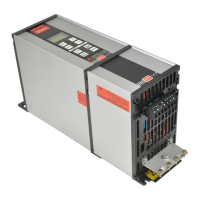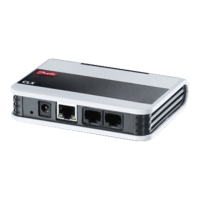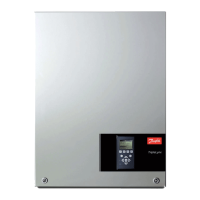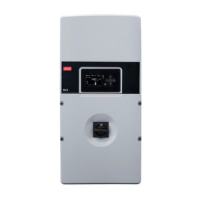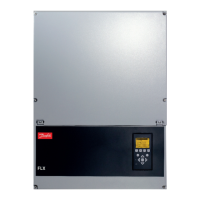MG.20.B6.02 – VLT is a registered Danfoss trademark
VLT
®
2000 Series
22
Saved energy
Energy is saved when the motor runs at a speed
which is continually matched to the momentary
requirement. An example is a pump and ventilating
plant, where a frequency converter can reduce energy
consumption by the cube of the speed.
Improved process
Matching the speed to the production process has
several advantages: an increase in production and a
decrease in the consumption of materials and the
scrapping rate.
Improved quality
The number of starts and stops is reduced. This avoids
unnecessarily hard treatment of machine parts.
Less maintenance
The frequency converter requires no maintenance.
In water supply plants there are no pressure surges
which might damage the water pipes.
1. Mains supply
1 × 220/230/240 V AC, 50/60 Hz
3 × 208/220/230/240 V AC, 50/60 Hz
3 × 380/400/415/440/460 V AC, 50/60 Hz
2. Rectifier
Three-phase rectifier bridge rectifies AC to DC.
3. Intermediate circuit
DC voltage = √2 × supply voltage
4. Coils in the intermediate circuit
(not all VLT 2000 units)
Smoothen DC voltage and limit mains
supply interference (mains harmonics).
5. Capacitors in the intermediate circuit
Smoothen the voltage of the intermediate circuit
(energy store).
6. Inverter
Converts DC voltage to variable a.c.voltage and
variable frequency.
7. Motor coils (as module)
Advantages of motor coils:
− You can use long motor cables.
− Unlimited switching at the output of
the frequency converter (trip may occur).
8. Output
Variable a.c. voltage,10-100% of the supply voltage.
Variable frequency: 0-120/0-500 Hz.
9. Control card
The integrated computer controls the inverter, which
generates the pulse pattern by means of which DC
voltage is converted to variable a.c. voltage and
variable frequency.
How the VLT works
How the VLT is built up
A frequency converter is an electronic unit for infinite
speed control of a.c. motors. The frequency converter
controls the motor speed by converting the fixed volt-
age and frequency of the supply mains, e.g. 400 V/
50 Hz, to variable values. The frequency converter
does this by rectifying a.c. voltage to DCvoltage and
converting this to a.c. voltage with variable amplitude
and frequency.
The variable voltage and frequency supplying the motor
make infinite speed control of standard three-phase,
asynchronous motors possible.Today the a.c. motor
controlled by a frequency converter is a natural part of
all automised plants. Apart from utitilizing the good fea-
tures of the a.c. motor, the infinite speed control gives
the user a multitude of additional advantages:
■■
■■
■
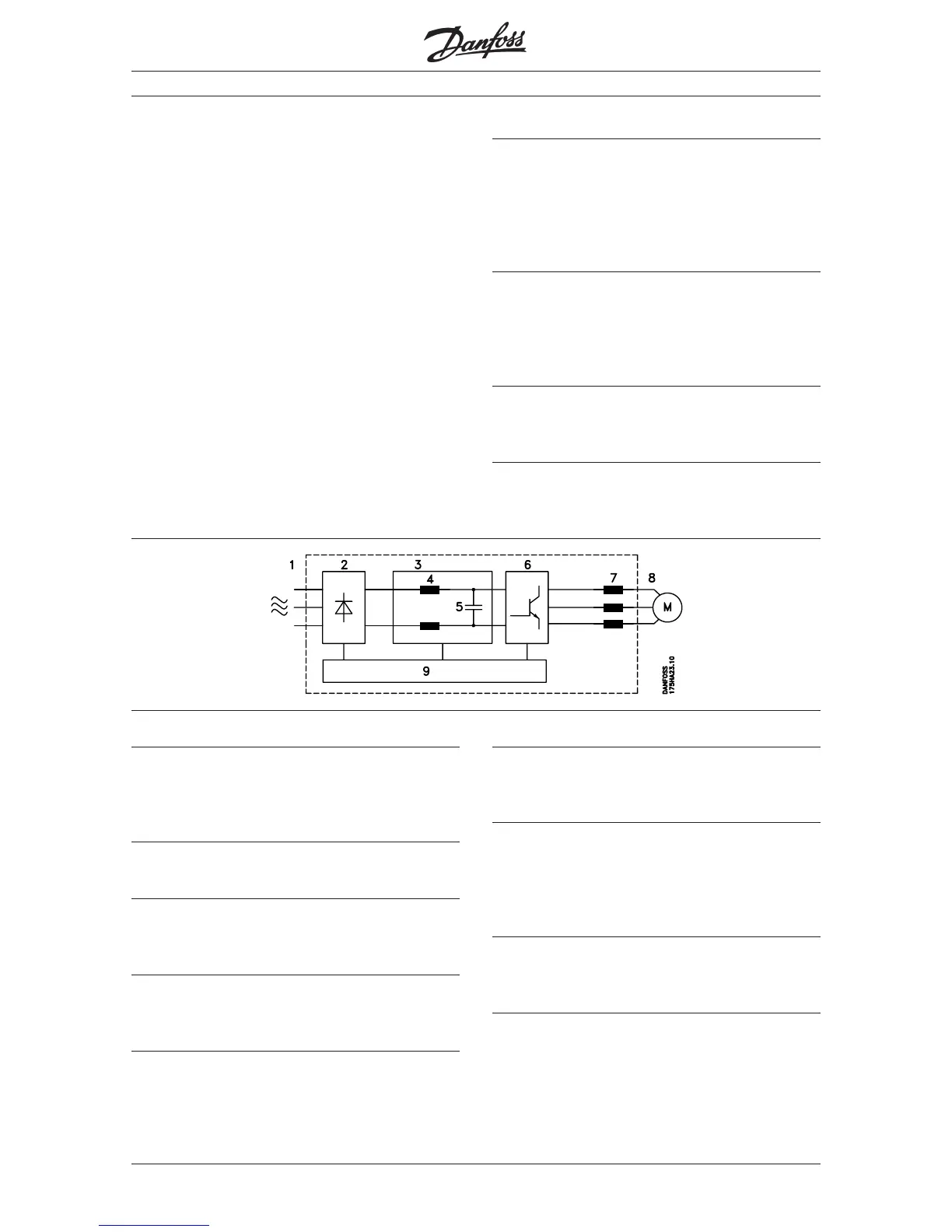